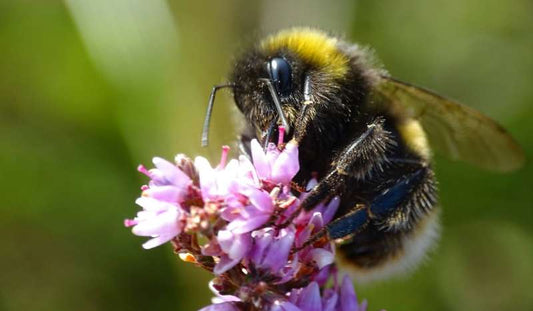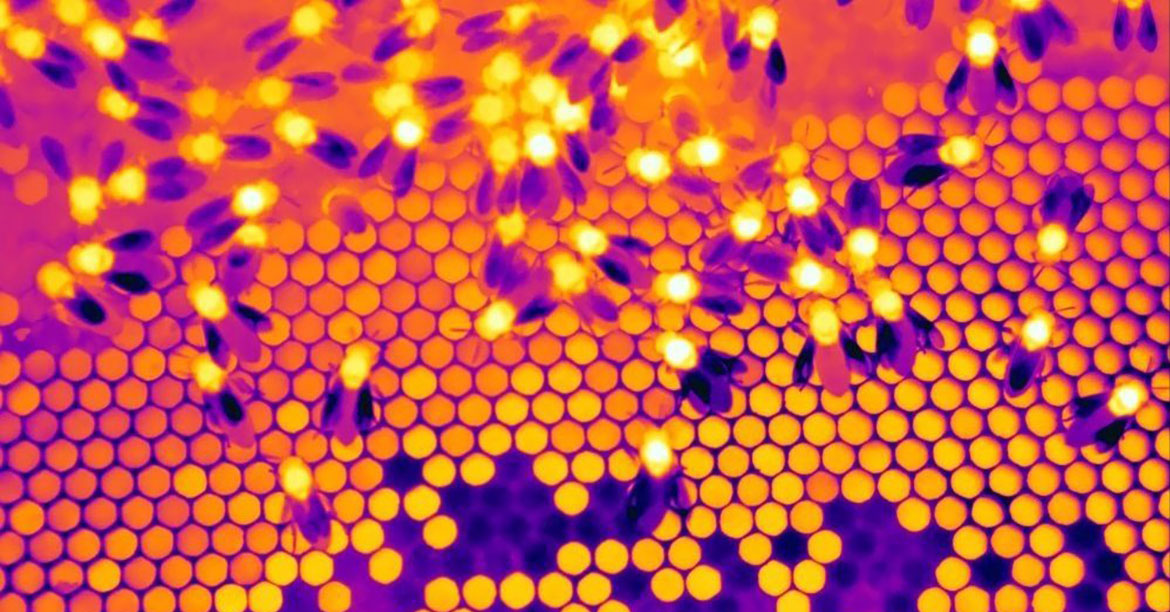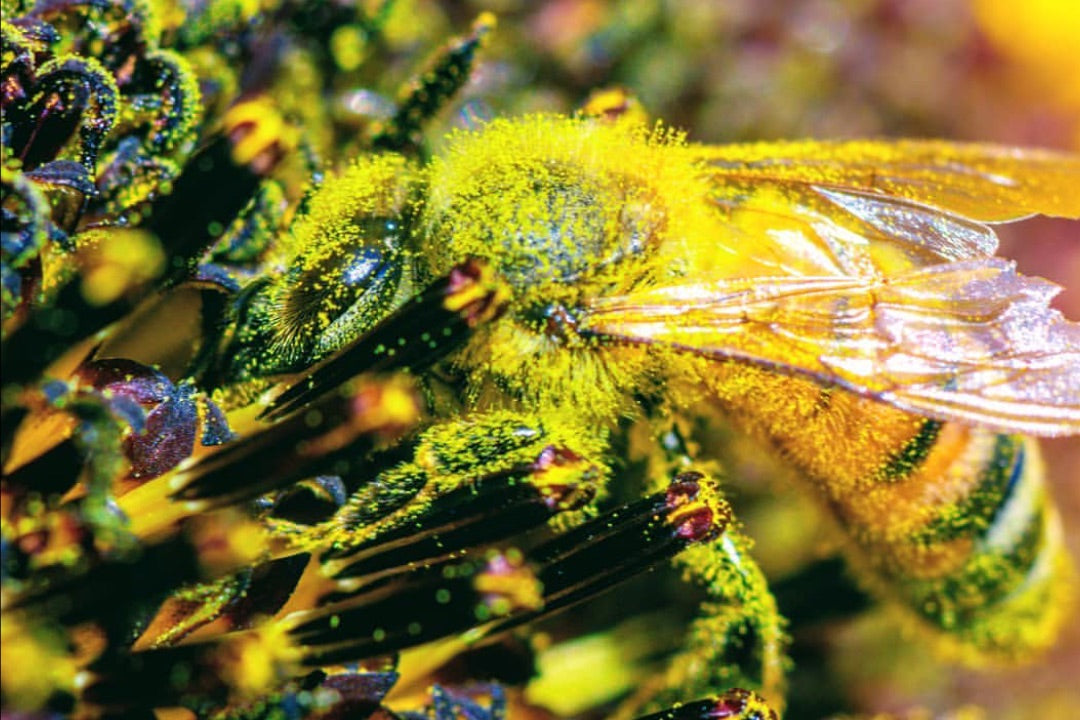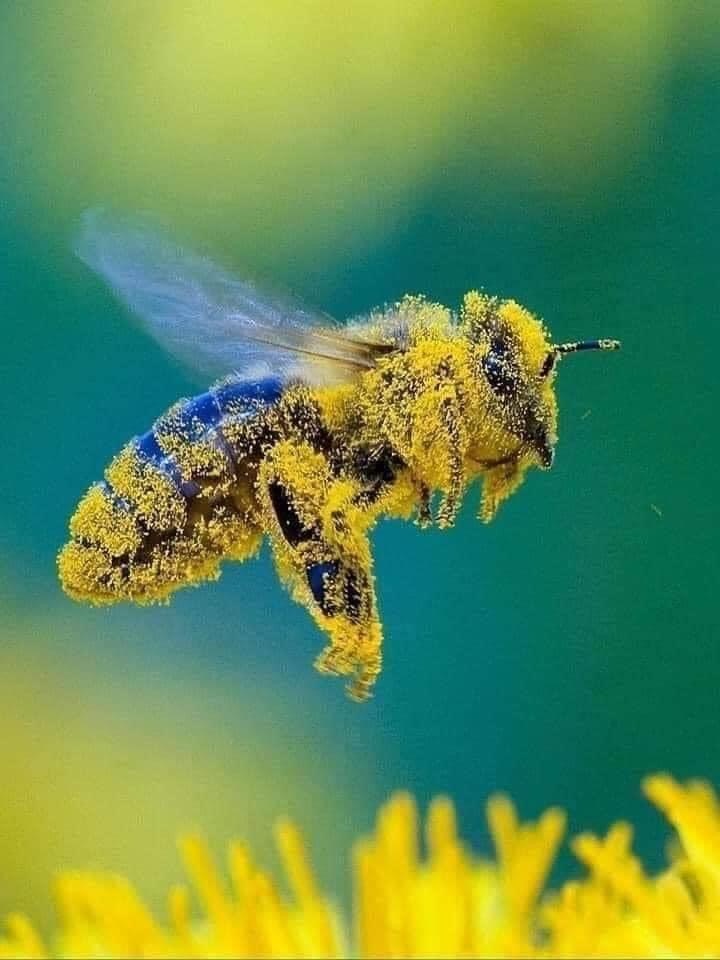
New Study
Bees need food up to a month earlier than provided by recommended pollinator plants, study reveal. New research from the Universities of Oxford and Exeter has revealed that plant...
Coming soon from Bee Conservation
Our new mobile experience for you to get up close with our bees.
Rental available for your staff engagement days and all other events.
(IPO)
Our mission is centered around supporting the British Black Bee and other pollinators, raising awareness of climate change, and promoting sustainability. We collaborate with businesses to help them champion sustainability while providing them with their own hive of British Black Bees for their workplace. Additionally, for each hive we install, we pledge to plant two trees.
Would you like to introduce a British Black Bee hive to your office's green space and savor fresh, organic honey? Are you determined to meet your sustainability objectives and showcase your dedication to environmental concerns, particularly the preservation of the British Black Bee? Do you aspire to foster a positive workplace environment for your employees? Explore how partnering with us today can help transform your workplace into a more sustainable and eco-conscious business


In an increasingly technology-led world, Bee Conservation's biome analysis methods use state of the art environmental testing to give us information about the environments surrounding our hives. Our sampling and metagenomic analysis is complex and time consuming but the results are definitive. Our expert knowledge allows us to help you make informed decisions about your environment and comply with legislation and non legislation ISO 14001 so you can optimise productivity. Renting one of our hives will also contribute to your company's BS 8683:202 status.
The survival of businesses in the long-term hinges on ecosystem services, different species, and genes – that is biodiversity. In a modern world, businesses must prioritise the preservation and protection of biodiversity to help create a more sustainable future.

Link biodiversity monitoring systems to policy objectives. Bee conservations offers pollen analysis - this test evaluates bee pollen as a bioindicator of environmental contamination, the test includes, pesticides, heavy metals, pollutants, chemicals, fertilisers, flora and fauna. Once we have the results they are sent back to you in a graph format, we then advise what action is needed to improve the area, the area measured is a three mile radius of the bee hive as this is the distance bees travel.